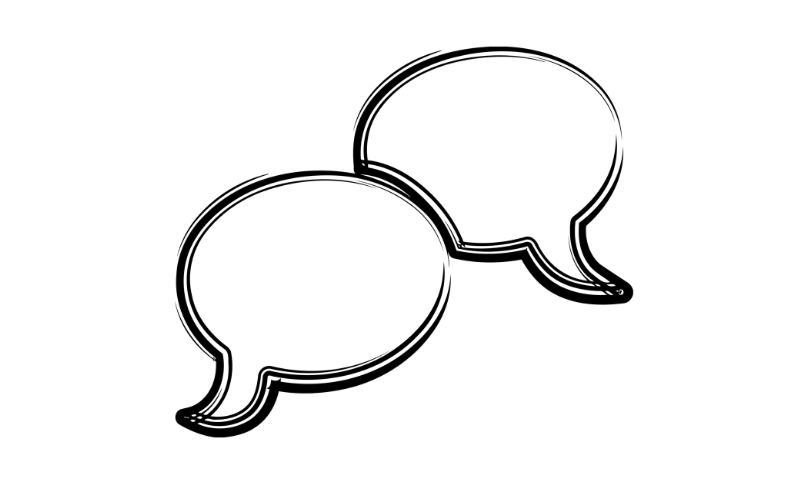Tip #1 The importance of flow
Flow is one of the most important parts of dialogue, creating character dynamics, and keeping your reader entertained. The exact tip that I have is to remove anything around dialogue that is bogging it down. Let me give you some examples.
In example one, we have dialogue with too much text around it. In example two, I remove that extra text to allow for the immediacy and flow of the dialogue.
Example One
I looked over to my friend, her gaze matching mine. “Have you ever wondered at the reality of the world?” I asked. Perhaps her mind had been caught by the same loop mine had.
“No.” She shook her head, then brushed her hair out of her face.
I stopped in place, caught completely by surprise. Could it be true? “Really? You haven’t stopped to think about what everything means?” Her answer was truly impossible for me to wrap my mind around.
She shook her head again in denial. “Nope.” Then she looked away.
“Huh.”
Example Two
“Have you ever wondered at the reality of the world?” I asked.
“No.”
I stopped in place. “Really? You haven’t stopped to think about what everything means?”
“Nope.”
“Huh.”
Have you ever read a question in dialogue, then gone through a long paragraph of description, and then, when the question is answered, you forget what the question was in the first place? That is something that any author wants to avoid by creating good flow in their dialogue.
Tip #2 Showing vs. Telling Emotions
You want to learn to trust your reader to identify certain things in dialogue, emotion is the biggest of these. If your dialogue is good, your reader can tell the emotion that is behind it without you having to actually tell them. In the dialogue examples I gave above, I say: I stopped in place, caught completely by surprise, “Really? You haven’t stopped to think about what everything means?”
In the second example, I remove the “caught completely by surprise,” because you can tell that there is surprise in the characters voice even without the tag.
I stopped in place, “Really? You haven’t stopped to think about what everything means?”
Keep this in mind when you are adding emotions to dialogue tags, and think about whether they are really needed or if you can trust the reader to understand the emotion from the dialogue itself.
Tip #3 Read it aloud
This is true in everything, but especially in long form writing. Take a character and just read all their dialogue aloud, and see how it changes as the novel progresses. Do the changes in their voice make sense? Have they suddenly started saying “okay” to everything when they used to say “sure”? Did they go from quiet five word sentences to lengthy arguments? Reading it aloud is the best way to see if your character’s dialogue is consistent.
Tip #4 Subtext and Layers
Good dialogue always has meaning behind it, whether it is to show the relationship between the characters, or to create tension as a character realizes they are being lied to. Dialogue does not exist for itself. Remember that as you write, and make sure that your characters are saying more than the words that are coming out of their mouths.
Tip #5 Avoid Exposition
Dialogue is rarely the place for exposition. It just doesn’t make for good reading. You want your dialogue to express what the character is wanting to say, not what information you want to say to your reader.
Tying it into my fourth tip, what is the deeper meaning behind exposition in dialogue? There rarely ever is one, which makes it dull and single dimensional.
Tip #6 Simple Dialogue Tags
I’ll never forget an example given to me by one of my creative writing teachers. They worked at a magazine accepting short stories, and they got a story where instead of writing “he said” or “she said” for dialogue the author wrote “he ejaculated” or “she ejaculated.” Now, it’s never a good idea to ejaculate over good conversation, and needless to say, the story was rejected.
You are perfectly fine saying “he said” over and over again. You don’t need to worry about excessive repetition since most readers have learned to skip it as they read, marking it like they would a period or a question mark. Alternative dialogue tags want to be used very rarely and only when they are actually called for.
Check out the book Self-Editing for Fiction Writers: How to Edit Yourself Into Print by Renni Browne and Dave King for more information on the tips mentioned.
Written by Corwin Benedict.

